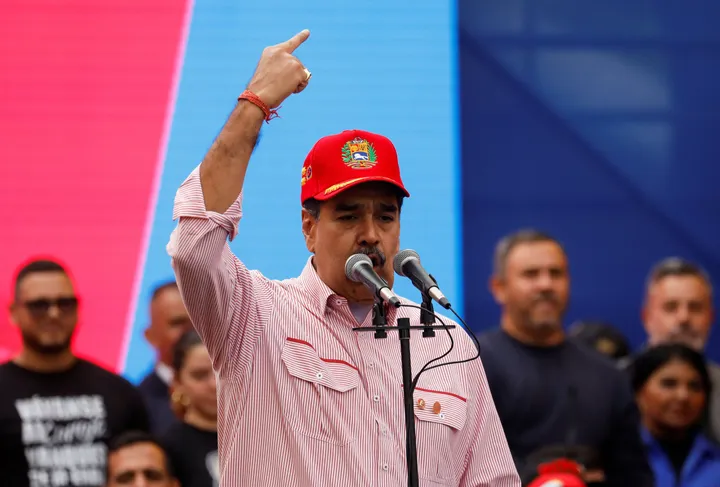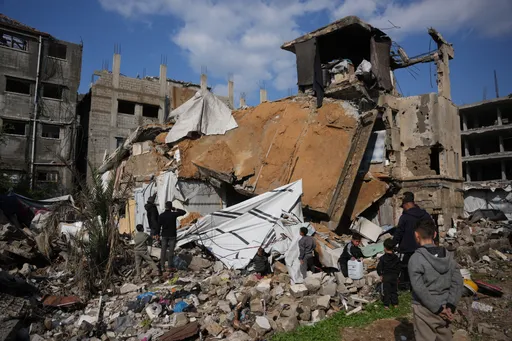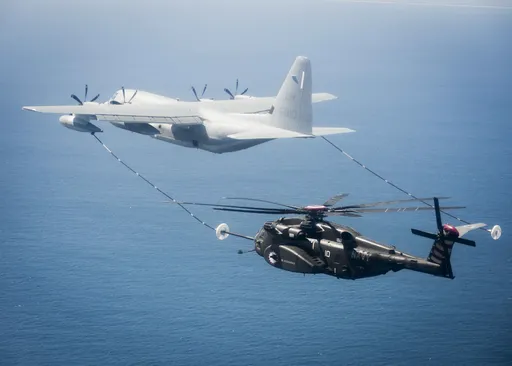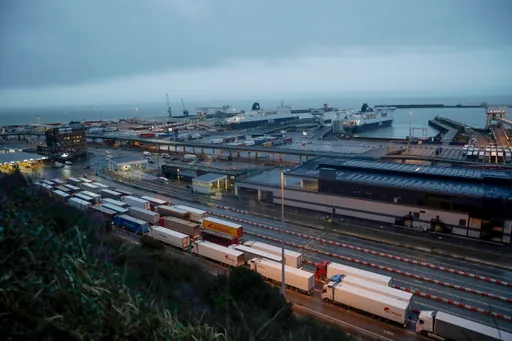Washington will be pulling out some significant military hardware including Patriot missile systems from the Middle East, particularly Saudi Arabia. The US will also be undergoing significant troop reductions in countries like Iraq, according to Pentagon plans.
The announcement — which also includes withdrawing from Kuwait, Iraq and Jordan — has triggered debate over whether Washington is leaving Riyadh to the mercy of Tehran’s aggressive foreign policy in a bid to ease tensions with the Shia-majority country. The US and Iran are trying to find a way to restore the nuclear deal the Trump administration withdrew from in 2018.
Iran has been in geopolitical competition with the Saudi kingdom in different regional conflicts from Yemen to Lebanon, Iraq and Syria. In 2019, after an unexpected drone attack by Yemen’s Houthis on Saudi oil facilities, the Trump administration deployed US missile systems in Saudi Arabia to support the country’s air-defense. In the Yemen War, Iran backs the Houthis against the Saudi-led coalition.
Edward Erickson, a former American military officer and a retired Professor of Military History from the Department of War Studies at the Marine Corps University, thinks that the US withdrawal aims to send a positive political message to Iran over reducing tensions between the two countries, paving the way for the restoration of the nuclear deal.
“I believe it is a positive signal to Iran. Under President Biden, the missile pullout supports our diplomatic efforts to restart the JCPOA,” Erickson tells TRT World, referring to the revitalisation of the nuclear deal.
He also underlines that the 2019 missile deployment was “never intended to be a permanent military presence” in Saudi Arabia. Instead, Washington wanted to reassure its Saudi allies that “they can count on American support” while warning Iran on its support of the Houthis, according to Erickson.
Erickson also points out that Patriots and THAADs, US missiles present in the Gulf region, are not useful against drones and low level cruise missiles. The Houthis often use drones to target Saudi assets and as a result, US missile systems are useless against such attacks.
“The American deployment in 2019 was a show of force more than an actual deployment designed to protect the Saudi oil infrastructure,” adds the former American military officer.
Changing US policy over Iran
Under the Biden administration, Washington is continuing with the Iran policy formulated primarily by former President Barack Obama: aiming to de-escalate tensions in the Middle East by developing a working relationship with Tehran through the restoration of the nuclear deal.
“By withdrawing these missiles, Americans are trying to send a message to Iranians that there is no threat that is targeting Iranians from the United States. Therefore, they are hoping that this message will reach Iranians by which they could relieve [tensions] and also make the nuclear deal possible,” says Sami al Arian, a Palestinian-American professor, who is the Director of the Center for Islam and Global Affairs (CIGA) at Sabahattin Zaim University.
With Democrat Joe Biden’s coming to power, the US announced an end to its engagement in the Yemen war on the side of the Saudi-led coalition, urging Riyadh and the Houthis to reconcile.
There have also been talks between Saudis and Iranians to ease tensions between the countries. The ongoing US military withdrawal from the kingdom might further bolster those talks as Riyadh will not desire a war, cold or proxy, with Tehran in the absence of US support.
“The American pullout does not mean that the Saudis will replace American missiles with [Russian] S-400s. The Saudis rely on American-produced weapons and cannot risk being cut off by sanctions and embargoes,” says Erickson, pointing out Riyadh’s limited political and military options in regard to Russia and China.
Israel’s new Bennett government, an anti-Netanyahu alliance if you will, also appears to want to diminish tensions with Iran, at least rhetorically, in order to align Tel Aviv with Washington’s new direction. Netanyahu has long been a political firebrand against Iran.
But a possible de-escalation and US withdrawal from the region won’t likely encourage Iran and its allies to act in a more aggressive manner towards Riyadh, according to Erickson.
“I don't think that Iran seriously threatens Saudi Arabia with ballistic missiles, so removing Patriots and THAADs does not change the regional balance of power in any meaningful way,” he says.
But after the 2015 nuclear deal, despite developing better relations with the West, Tehran has continued to conduct its assertive regional policy across the Middle East. However, some analysts argue that this time around under a newly-elected hardliner president, Ebrahim Raisi — who is on good terms with the country’s military and clerical establishment unlike the reformist Hassan Rouhani government — Iran could develop more concrete relations with the West.
Also, the US withdrawal does not amount to a complete exit from the Middle East.
“We still maintain tens of thousands of forces in the region, we still have forces in Iraq and Syria, those forces aren’t leaving. We still have our bases in the countries of our Gulf partners, they aren’t shutting down, there is still substantial presence, substantial posture in the region,” an anonymous top Pentagon official said.
US pivot to China
The US military pull-out from the Middle East also fits into a larger global picture rather than just regional alignments in the Middle East. It is a reorientation of Washington’s political posturing against Russia and China, according toboth analysts and Biden administration officials.
“The US is trying to concentrate on its strategic objectives, meeting the Chinese challenge. And to do that they are trying to reduce their footprint in other parts of the world,” Arian tells TRT World.
Americans want to focus on threats emanating from the South and East China Sea, Arian says, explaining Washington’s new global priorities.
Erickson echoes that sentiment, well aware of the limits of US military resources. “We must keep in mind that there are a limited number of American Patriots and THAADs and we need them in the Pacific against China and North Korea,” the American military expert says.
Arian thinks that this new global competition and regional politics are tightly related to each other. “Everything is tied. We have to tie this [US pivot to China] with what’s happening in Vienna between Europeans, Iranians and Americans,” says Arian, referring to ongoing nuclear talks in the Austrian capital.
If the Vienna talks conclude with the restoration of the nuclear deal between Tehran and Washington, the Biden administration “will accomplish a lot in terms of foreign policy”, freeing itself to concentrate on emerging Chinese and Russian challenges, according to Arian.
























